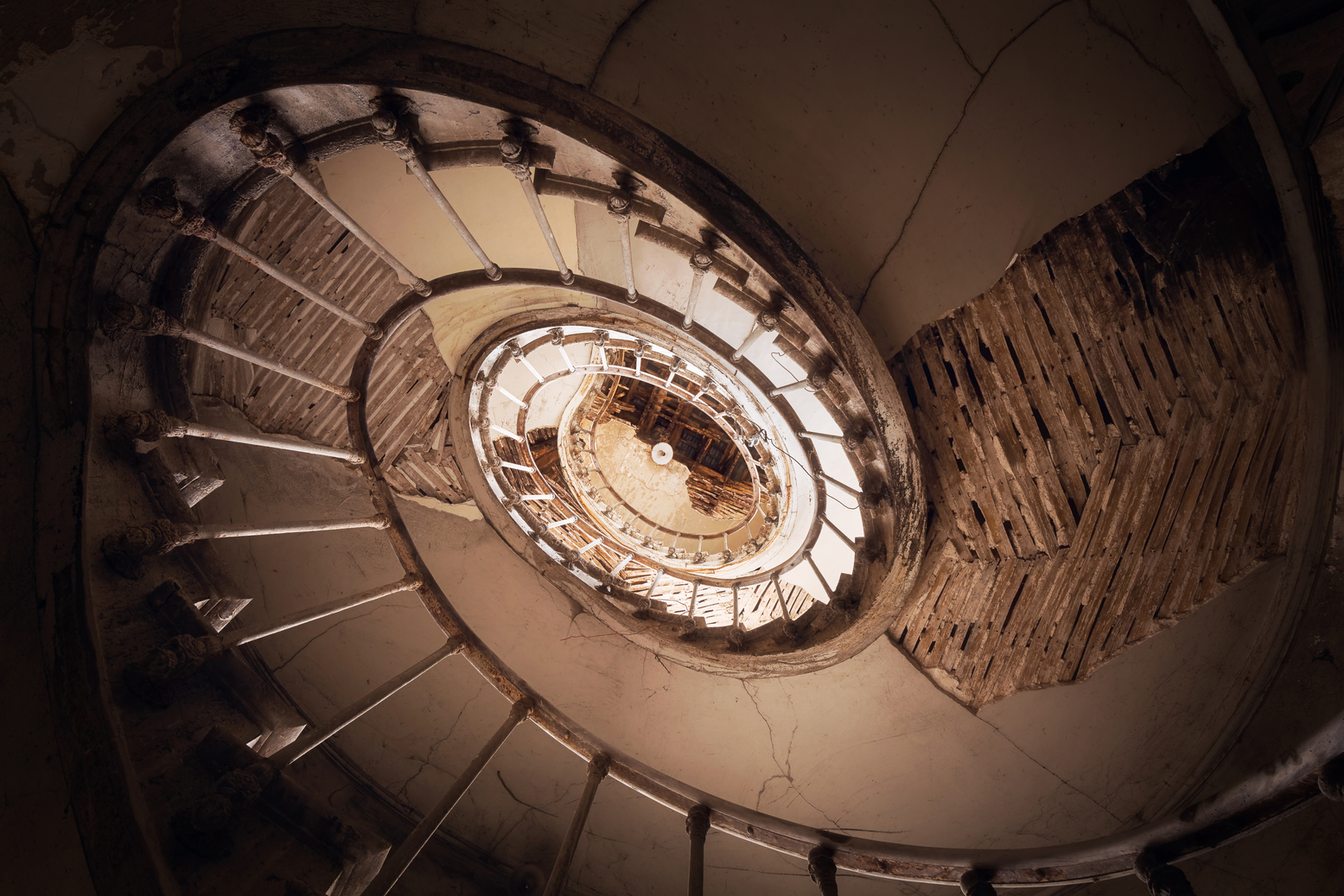
In 1973, the first high power reactor (RBMK-1000, the same that was used at Chernobyl) started up in Leningrad while most Western countries did not use this type of reactor.Ĭonstruction of new reactors stalled between the late 1970s until early 2000s. Half a year later the AM-1 (‘Peaceful Atom 1’) became the world’s first civilian nuclear power station in Russia and this turned out to be a prototype for the reactor in Chernobyl. The world’s first electricity-producing reactor was the ‘Experimental Breeder Reactor 1’ which was in America and started operating at the end of 1951.

I will highlight two in this blog, the Kyshtym disaster in Russia and the Three Mile Island disaster in the United States. Because what you may or may not know is that before the Chernobyl disaster a couple of other incidents happened, one bigger then the other. All related in one way or another to the incident that changed the world – forever. In this chapter I will explain how the disaster in Chernobyl happened and share a couple of other important and relevant events and details. I was not able to match all of the photos with the text describing the accident. Photos of my visit to Pripyat are found throughout the whole article. You won’t regret it and you’ll be amazed by what the ‘liquidators’ and ‘roof cats’ have been through. Since I won’t be covering everything in my article, for example I left out the ‘cleanup process’, I would advise you to order a copy of the book and read up on the rest. I’m talking about Chernobyl 01:23:40: The Incredible True Story of the World’s Worst Nuclear Disaster by Andrew Leatherbarrow. To put a summary of the history together I have read a couple of books and there is one book that was, in my opinion, the most helpful since it was so easy to read. One covers the history of the disaster and one covers my experience while exploring.

This article is divided into two sections.

Two weeks ago I have and now I will take you with me in my experience of visiting Pripyat. However, after reading a couple of books and watching a few documentaries in preparation of my visit, I couldn’t wait to see and experience it with my own eyes. I realize that my visit and photos might therefor not be unique in any way. The numbers have been climbing every year. I was surprised to hear that last year around 38.000 people (read: tourists) visited the area and this year they expect a total of 50.000 visitors. You might have seen or read several other articles and photo reports about people visiting Pripyat. On one hand I was having laughs with my friends and found everything ‘amazingly beautiful’ to shoot, while on the other hand I realized I was in and nearby the place where the world’s worst nuclear disaster happened. While I was there I had many mixed feelings. Visiting the abandoned city of Pripyat and the disaster site of Chernobyl was an experience that I was looking forward to for a very long time. Publisher: Jonglez ISBN: 9782361955243 Number of pages: 256 Dimensions: 290 x 235 mm You may also be interested in.My Visit to the Abandoned City of Pripyat in Chernobylīefore you read the rest of the article, and it will be a long read, please allow me to share a few thoughts with you. What is the story behind those buildings? Who used to live there? What purpose did these objects serve, and why were they abandoned? This curiosity has created a close bond between him and Urban Photography, and Oblivion is the result of the last 10 years, which he spent exploring incredible ghostly locations, trying to answer these endless questions. He takes unique photos of forgotten and abandoned places all over the world. Roman Robroek is an urban-obsessed and award-winning photographer, born and raised in the enchanting south of the Netherlands. The vestiges of Abkhazia, a country that does not exist, an abandoned power plant turned into a set for Hollywood movies, the Buffer Zone in Cyprus, the ghost city of the Chernobyl disaster, an Art Nouveau theatre in Brussels, a unique 18th-century Italian fortification, the city of Tskaltubo with its waters of immortality, one of the oldest baths in Romania.

Once thriving buildings now ravaged by nature and time are the subject of this fascinating book. Beautiful, haunting photographs of abandoned places around the world.


 0 kommentar(er)
0 kommentar(er)
